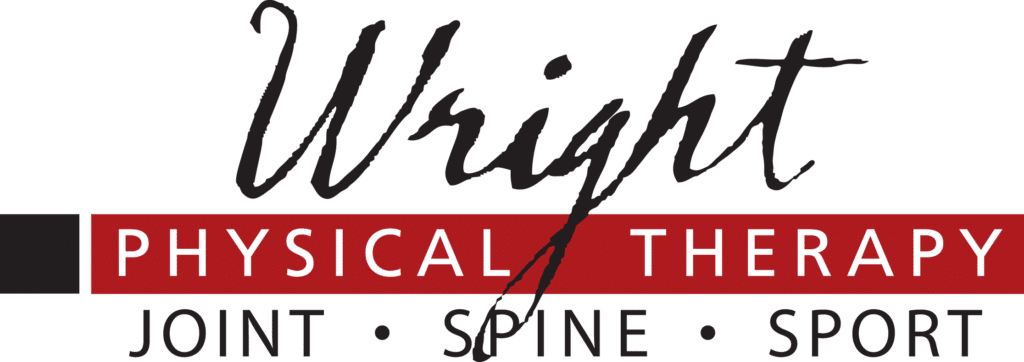What are sports-related concussions (SRC)?
Sports-related concussions are a common sports injury and may be caused by either a direct blow to the head, face, or neck with an impulsive force transmitted to the head. It may result in neuropathological changes and result in a disturbance in the brain’s equilibrium.
Expert medical panels have identified the successful management of sports-related concussions: these all need to be addressed in managing individuals with a concussion to safely and quickly return to their previous level of function.
How to prevent a sports concussion?
Proper treatment, can reduce the chance of repeat concussions as well as equipment modifications can potentially help prevent concussions.
- Wearing helmet or headwear that is appropriate for the sport that they are participating in.
- Avoid using the head as the primary focal point of contact.
- Instruct the athlete in proper tackling techniques in sports like football.
- Strengthen the neck muscles can potentially lower the rate of concussion.
Sports injuries happen and when a concussion happens it is important to properly identify, manage, and help an athlete return to their sport.
These are the 7 key ways to successfully treat a sports concussion:
- Recognize
- Remove
- Re-evaluate
- Rest
- Rehabilitation
- Return to learn
- Return to sport
How to recognize a sports concussion?
A major key to healing a concussion is the ability to recognize when it is present. No person involved with the athlete is exempt from this responsibility (coaches, athletic directors, athletic trainers, trained on-field physical therapists, and parents).
Any injury involving a “blow” to the head or neck needs to be evaluated by a trained medical professional for a possible concussion. The evaluation consists of physical, cognitive, emotional, and sleep-related tests while looking for signs and symptoms.
Symptoms of a concussion:
- Drowsiness
- Headache
- Loss of consciousness
- Memory loss
- Irritability
- Confusion
- Balance problems, dizziness
- Difficulty speaking and communicating
- Depression
- Nausea and vomiting
- Changes in sleep patterns
When should you remove an athlete, with a potential concussion?
It is common for an athlete to express they “feel fine” after suffering a concussion. They desire to get back into the game and feel like they are contributing, but athletes must be removed from play after recognizing the presence of a concussion.
Once the athlete is removed from play, they should not be allowed to return to sport until a licensed and trained medical doctor has fully cleared them. It is imperative to involve the athlete’s parent at this time to discuss the injury and what emergency-type symptoms to look for so that they can respond as required given the potential escalation of symptoms.
When should you re-evaluate a concussion?
The athlete should be re-evaluated after a sideline assessment by a licensed medical professional. The medical professional will oversee the athlete during the return to play protocol. Before prescribing any treatment techniques, one needs to know what the actual impairments are and their severity.
Treatment for a concussion?
- Rest
- Returning to routine activity
- Pain relief
A brief period of rest (24 to 48 hours) following a concussion sports injury, athletes can be encouraged to become gradually and progressively more active as their symptoms improve.
Usually, after the first few days after injury, you’re allowed to do light physical activity, as long as it doesn’t worsen symptoms.
Headaches can occur after a concussion. To manage headaches caused by concussions, ask your doctor if it’s safe to take pain relievers.
Concussion Rehabilitation
As physical therapists, we have seen firsthand what proper rehabilitation can do for individuals returning to their functional activities. Rehabilitation for concussions can be done in various treatment areas:
- cervical
- psychological
- vestibular-ocular.
- exercises
At Wright Physical Therapy, we collaborate with local sports medicine
teams/physicians to facilitate recognition and treatment of patients with our advanced concussion protocol. We provide comprehensive physical examinations to deliver specific treatments to reach established goals. Our treatment protocol is focused on dysfunctions in movement patterns of the neck, balance/coordination, and the vestibular-ocular system.
Return to Learn
For an athlete to be cleared to play, they should follow the graduated 4 stage return to school protocol before returning to sport. Strictly following this program is necessary to determine if the brain is healing and ready for increased cognitive loads. The 4 stages range from daily activities at home to returning to school full-time. Once symptom-free with full return to school, the athlete will be eligible for progression in the graduated return to sport strategy.
Return to Sport
A 6 stage exertion program is facilitated by one of our physical therapists, who monitors the concussion’s daily progress based on the athlete’s symptoms. It is required that each stage be completed without symptoms before an athlete is cleared by a medical professional. It normally takes a minimum of one week to proceed through the RTS rehabilitation protocol once the athlete is free of rest symptoms. The 6 stages range from limited activity with no provocation of symptoms to full RTS with normal gameplay.
Conclusion
A vital sequence to successfully manage concussions is first to recognize the concussion and any life-threatening concerns, remove the individual from the specific activity they are participating in, and perform the appropriate rehabilitation. Once specific rehab stages are complete, the appropriate return to learning and graduated exertion programs can begin to ensure safe and quick recovery from concussion.
Call us today at one of our various clinic locations to schedule an appointment. We look forward to serving you at Wright Physical Therapy.



